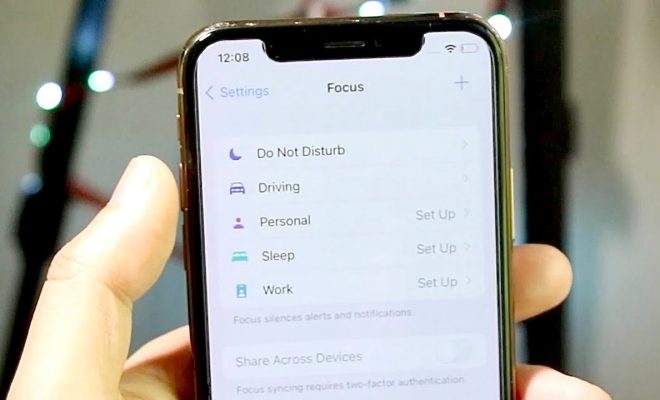What Is Camera ISO, and Why Does it Matter?

As a photographer, you may have heard of the term ISO. But do you know what it means, and why it matters? In this article, we will discuss what camera ISO is and its significance in photography.
ISO, or International Organization for Standardization, is a measure of a camera’s sensitivity to light. In simpler terms, it refers to the camera’s ability to capture images in low light conditions. The unit of measurement for ISO is referred to as ISO speed, and it typically ranges from 100 to 6400 or even higher.
When you increase the ISO value, your camera can capture images in darker environments without requiring longer exposure times. For instance, if you are taking photos in a dimly lit room or outdoors during dusk, a higher ISO value will allow you to maintain the right exposure without making the shutter stay open too long.
However, increasing the ISO value also has its drawbacks. As you increase the ISO value, the camera’s sensitivity to light increases, and it will capture more noise, ultimately leading to grainy images. So, you need to balance the ISO value with other settings such as aperture and shutter speed to obtain a well-exposed photo.
Additionally, different camera models have varying noise levels when shooting at high ISO values. Professional-quality cameras are designed to handle high ISO well, producing relatively noise-free photos.
On the other hand, entry-level cameras may not produce the same results at high ISO values as their professional counterparts. Hence, it’s essential to understand your camera’s capabilities and limitations when shooting in low light conditions.
In conclusion, ISO is an important aspect of photography that you should master to achieve the desired results. Knowing how to adjust ISO levels to suit different lighting conditions enables you to take better photos.
Remember that a higher ISO value is not always the solution. Other settings like aperture and shutter speed also play a significant role in achieving a well-exposed image. With practice and experimentation, you’ll learn to adjust your camera settings correctly to capture stunning photographs in any lighting situation.






